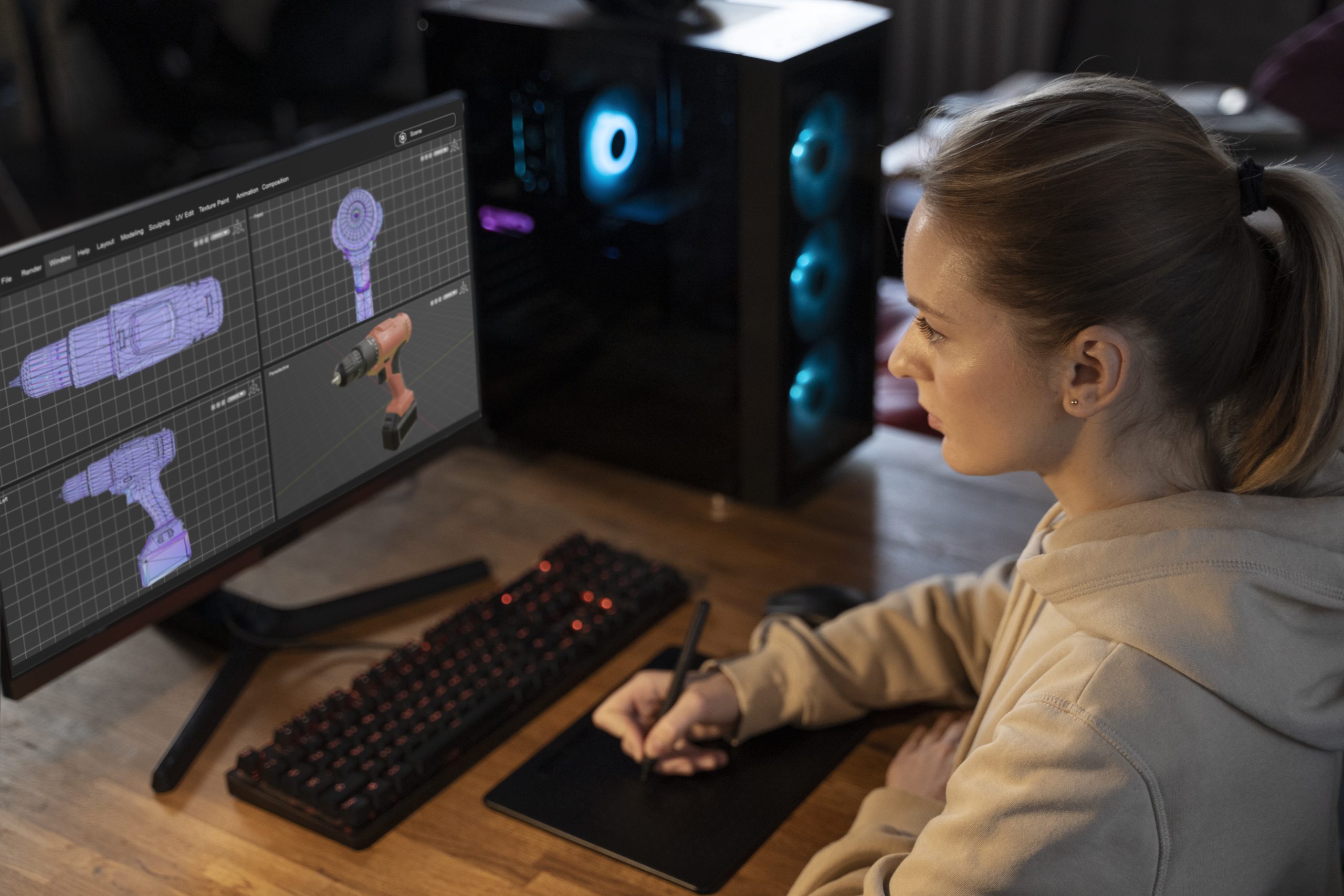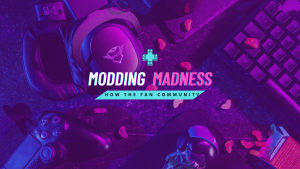Introduction Game Development
In the game development dynamic realm of generation, game improvement is a testimony to human creativity and innovation. Behind each fascinating online game lies a meticulous process that transforms abstract ideas into immersive virtual worlds. The journey from idea art to reality is complex and captivating, related to diverse levels that demand the collaboration of diverse talents. This article delves into the intricacies of recreation improvement, exploring the evolution from conceptualization to the conclusion of interactive masterpieces.
Conceptualization: The Birth of Ideas
The inception of a video game begins with a spark of creativeness a concept that ignites the innovative method. Game builders brainstorm thoughts about issues, narratives, and gameplay mechanics. Concept artists are pivotal in this segment, translating summary mind into visible representations. These artists use their skills to sketch characters, environments, and critical factors that will define the game’s aesthetic. Game Development The intention is to establish a cohesive, imaginative, visionary, and excellent way to guide the development crew throughout the task.
Pre-Production: Blueprinting the Virtual World

Once the idea is solidified, the sport enters the pre-manufacturing segment. This level is similar to growing blueprints before constructing a building. game designers, writers, and artists collaborate to set up the game’s structure, mechanics, and storyline. Storyboards and animatics come to life, imparting a glimpse of the sport’s drift and pacing. This phase needs cautious planning, as decisions made here affect the whole development procedure.
Also Read: Modding Madness: How the Fan Community Shapes the Games
Prototyping: Bringing Ideas to Life

With the blueprint in location, builders circulate directly to prototyping—a critical level wherein thoughts begin to materialize. Programmers, regularly working alongside sports designers, create rudimentary variations of the sport to check mechanics and gameplay dynamics. Game Development This iterative technique permits refinement, ensuring the center factors align with the preliminary imaginative and prescient. Prototyping is critical in minimizing ability troubles before giant resources are invested.
Art Production: Crafting the Visual Symphony
While prototyping makes a specialty of functionality, art production transforms the game’s virtual international into a visual masterpiece. Concept art evolves into distinct three-D fashions, textures, and animations. Artists collaborate to ensure a consistent visual style and respiratory lifestyles into characters, landscapes, and items. The art manufacturing section needs a delicate balance between creativity and technical precision because the visuals must be aesthetically alluring and optimized for seamless overall performance.
Programming: The Code that Powers the Experience

Behind every enchanting game lies a labyrinth of code that brings the digital world to life. Programmer’s paintings tirelessly to enforce gameplay mechanics, artificial intelligence, and interactive elements. In this segment, the prototyped ideas get hold of the tricky coding that makes them functional. Collaborating between programmers and designers ensures the gameplay aligns with the estimated experience.
Testing: Iterative Refinement
Every game development adventure is entirely rigorous to try out. Quality assurance teams meticulously play through the sport, identifying bugs, glitches, and areas for improvement. Game Development Iterative checking out and comment loops are imperative to the refinement system. Developers must deal with troubles promptly, maintaining delicate stability in solving problems and adhering to time limits. This segment is challenging and worthwhile because it produces a more polished and fun final product.
Integration: Fusing Elements for Seamless Gameplay
As the game’s components come together, the combination segment seamlessly merges art, sound, and code. Sound designers contribute to the auditory landscape, enhancing the participant’s immersion. Music composers craft melodies that supplement the sport’s ecosystem, developing emotional resonance.
This phase requires a meticulous interest in detail to ensure each factor harmonizes, delivering cohesive and captivating gameplay. rePolishing: Perfecting the Player’s Journey. Game Development In the last stretch of development, the focus shifts to sharpening every game component. Developers refine photos, optimize performance, and first-rate-tune gameplay mechanics.
Also Read: VR Update Mania: 5 New Experiences That Are Pushing the Boundaries of Virtual Reality
Release: Unveiling the Masterpiece
The second of truth arrives with the game’s launch. After months, or maybe years, of dedication and intricate paintings, the virtual international that existed handiest in idea art turned into truth for gamers worldwide. The launch is both a result and a brand new beginning, marking the end of development and the start of the game’s adventure within the arms of the gaming network.
Post-Release: Nurturing the Gaming Ecosystem
Game improvement doesn’t conclude with the discharge; it transforms into a non-stop cycle of updates, patches, and expansions. Developers listen to participant comments, addressing troubles and introducing new content material to preserve the gaming ecosystem vibrant. Post-launch support is essential for retaining a loyal player base and ensuring the sport’s toughness.
Conclusion
The journey from concept art to fact in game improvement is an intricate dance of creativity, era, and collaboration. Each section demands the know-how of numerous abilities, from concept artists and designers to programmers and sound engineers. The result is an enchanting virtual world that captivates gamers and is a testament to the boundless opportunities for human creativity. Game Development As technology advances, the panorama of game improvement continues to conform, promising even greater immersive and awe-inspiring reports for gamers around the globe.








1 thought on “Game Development: From Concept Art to Reality 2024”